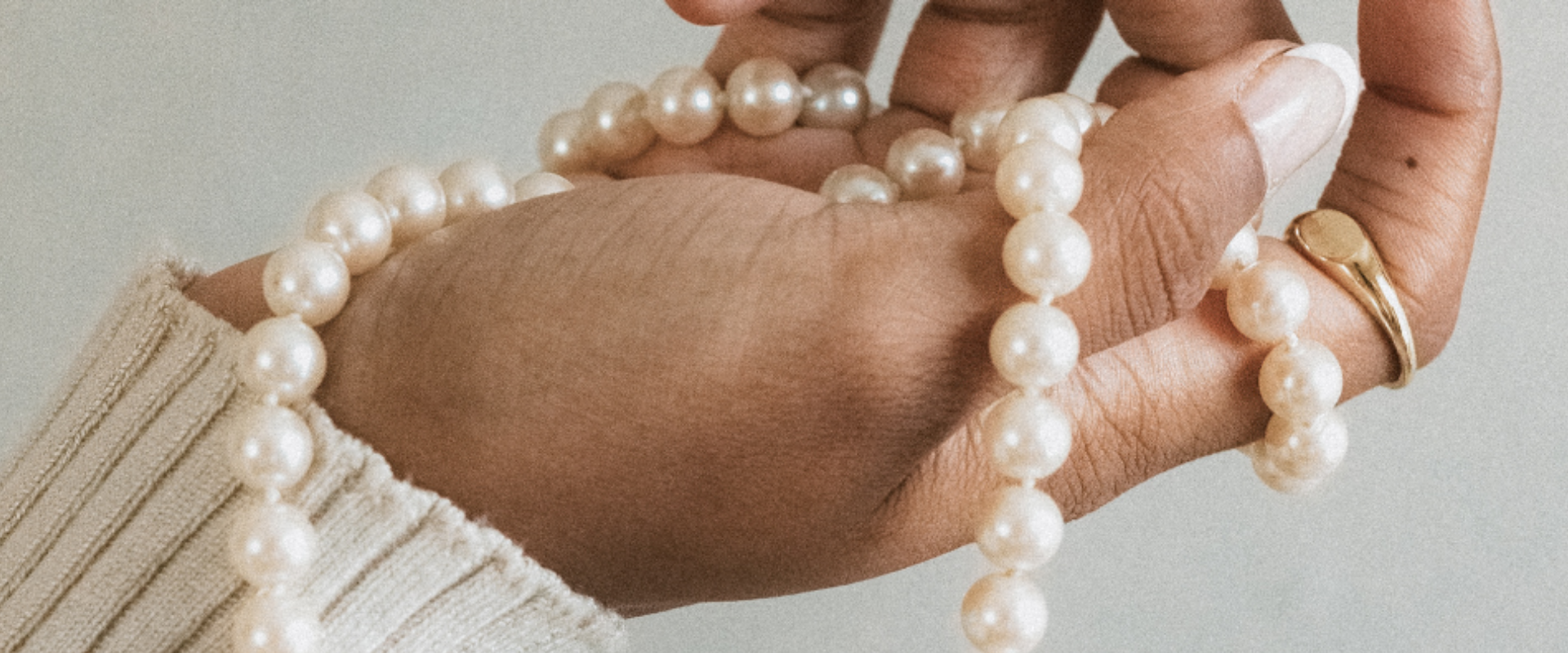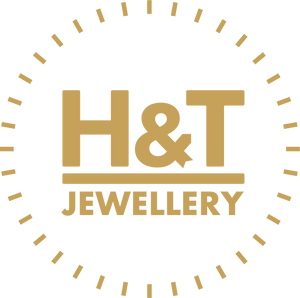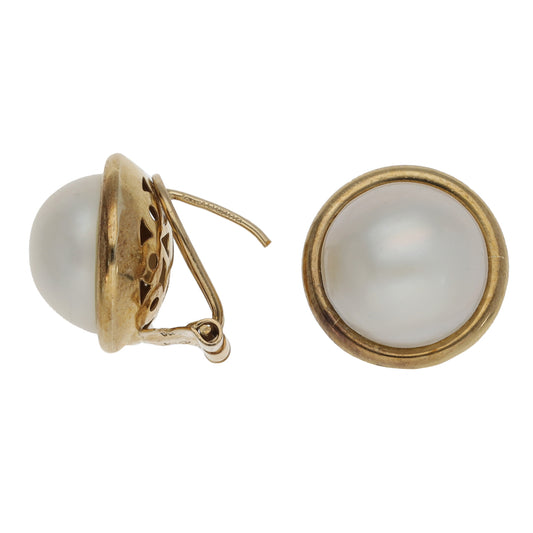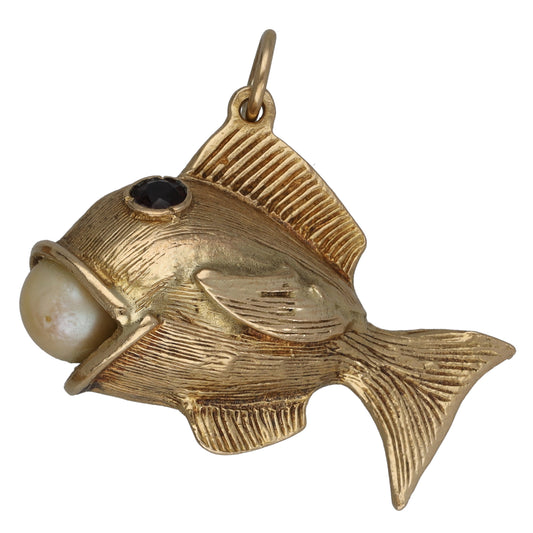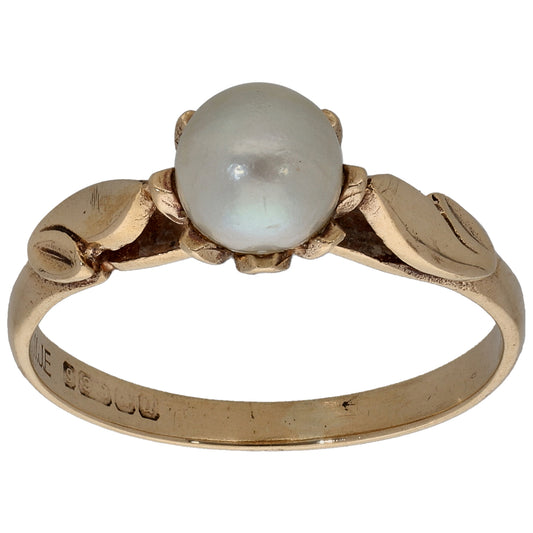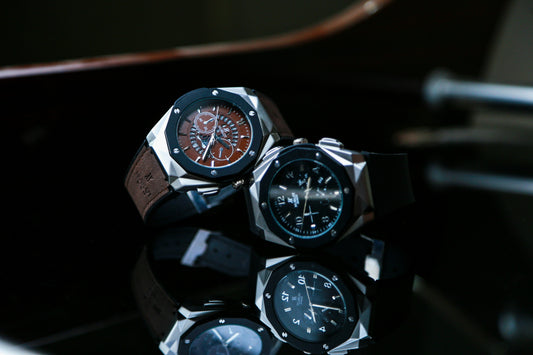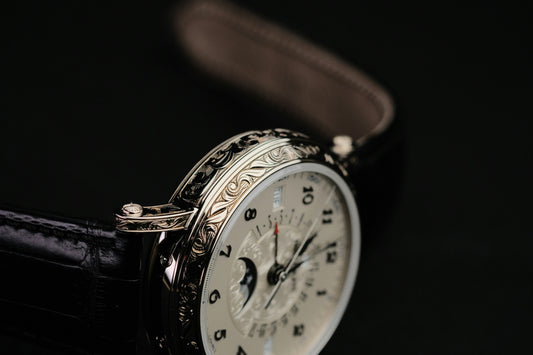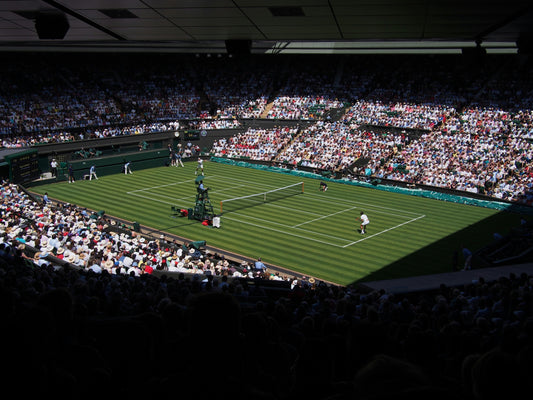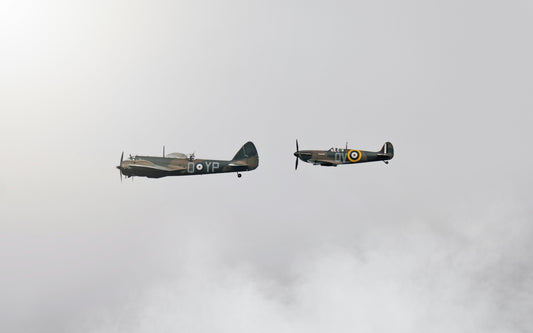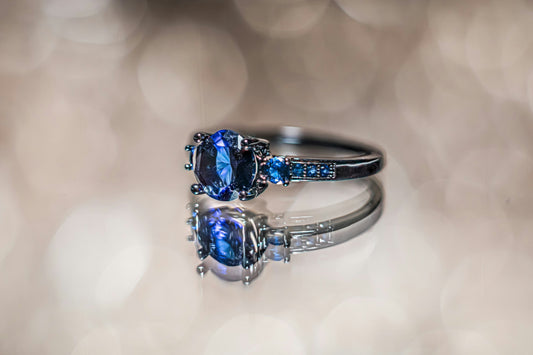These three June birthstones each have a connection to nature through the moon, ocean, and light. Alexandrite, Pearl, and Moonstone.
Moonstone
The Ancient Romans were fascinated by a stone which changed colour. They believed its mystical abilities came from a connection with the moon.
Pliny, a Roman historian, named the gem ‘moonstone’ and it’s been loved through-out centuries since.
It is formed from Orthoclase which is a feldspar mineral. Half of the Earth’s crust is made up of Feldspar, so you can trust it’s sturdy. Moonstone scores a 6 out of 10 on the Mohs scale which is a test of strength.
People invest in gemstones partly because of the meaningful lore behind them. There are so many stories which resonate in us and make us love Moonstone even more:
According to romanticism and myth, the stone is a fallen tear from the moon’s weeping eye.
Greeks and Romans believed if two lovers wore moonstone jewellery they would be devoted to each other eternally. They also thought travellers should carry the stone as the night would protect them, even more if they were at sea.
People are intrigued by the stone because of the way it catches the light (it’s adularescence). It glimmers like the full moon reflecting off the ocean, making some think they can find the answers to life’s mysteries.

Pearl
Pearl is the treasure of the ocean. The way a natural pearl forms is unlike any other birthstone.
A parasite sneaks into an oyster, mussel, or clam and makes a bed for itself in there. The oyster produces a fluid called ‘nacre’ which coats the parasite. After it’s layered with enough nacre it morphs into a lustrous pearl, ready to be picked.

Natural pearls are rare. The demand for them is high. Romantics said pearls were gestures of love and Fashion houses made them an absolute must for classic outfits. Coco Chanel put it eloquently:
“A woman needs ropes and ropes of pearls”
The gem can be created synthetically by planting a bead into the mollusc. Patience is a virtue as you must wait 2-3 years until you can pick out a developed pearl. They are called Cultured Pearls. Here’s one we have in, it's delicate with a soft hue.
Those who can’t wait two years create imitation pearl. This is a glass bead dunked in a fluid made from fish scales. The best way to tell an imitation pearl from a real one, is to run it across your teeth. If it’s smooth you’ve got a fake, but if it’s bumpy you’ve got the real deal. This is because nacre is rough around the edges.
Alexandrite
This birthstone changes colour. During the day, under strong daylight, it is blue, then in the evening under softer incandescent light it turns red. The saying goes:
“Emerald by day, ruby by night.”
It is the mineral chrysoberyl which grants it colour-changing abilities and durability. On the Mohs Scale test of strength, Alexandrite comes in high at 8.5 out of 10.
Even rarer still, it exhibits a phenomenon called ‘cats-eye’. Light bounces off a line of inclusions in the stone giving way to a glowing streak in the middle of the gem. It’s Remarkable.

It was discovered on the 17th April 1834 in Russia on Alexander the second’s birthday, the future emperor of the Empire. People decided to name the gemstone after him in celebration, they believed it’s red and blue colours represented the Russian flag.
Today you can find Alexandrite in Sri-Lanka, Zimbabwe, Burma, Tanzania, Madagascar, India, and recently Brazil. It’s harder to find the gem in Russia now, but when they do crop up they are a pedigree and intensely coloured.
If you would like to know more about our June birthstones, pop in to your local store and speak to the team. They’ll show you our jewellery collections, answer your questions, and pop the kettle on!
